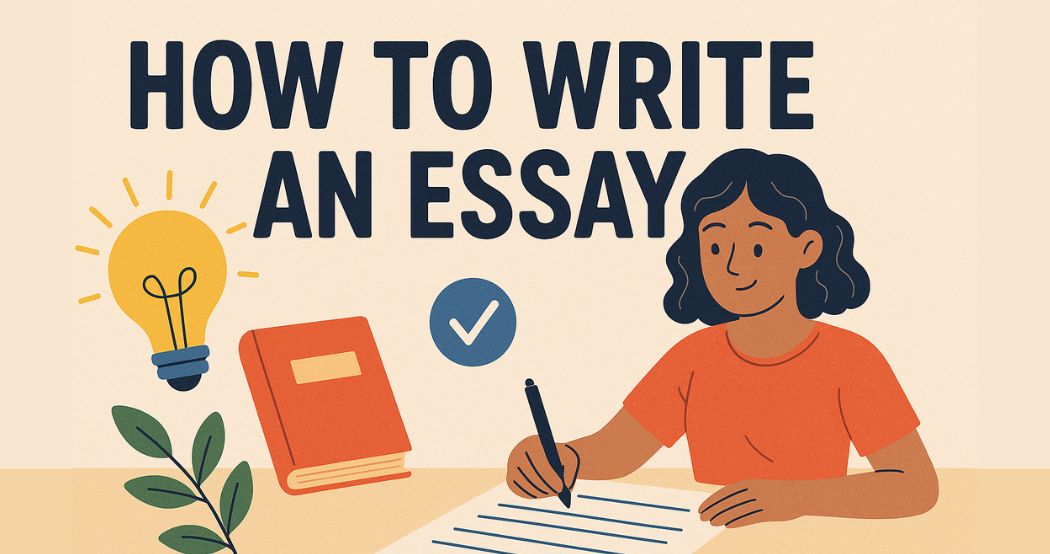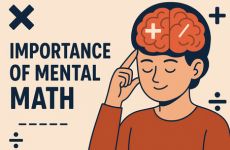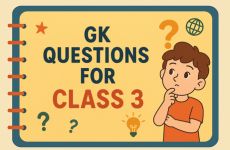Writing essays can feel challenging for students, and they may find themselves in the following situations.
Staring at blank pages when teachers ask you to write essays?
Or
Writing an essay feels like trying to solve a puzzle and not knowing where to start.
If it is true for you, then you're not alone! Thousands of students struggle with these situations.
So, here is a complete guide to essay writing for school students that will help to write an essay with ease. This is not just another boring essay writing tip; it's the secret that toppers use to write essays quickly and easily.
Introducing The Magic Mind Map: Your Essay Writing Compass
Before you write anything, ask yourself these four questions. Think of them as your essay's best friends - the WH Family:
See it in action with a real example. Let's walk through this method with a common school topic:
"The Benefits of Reading."
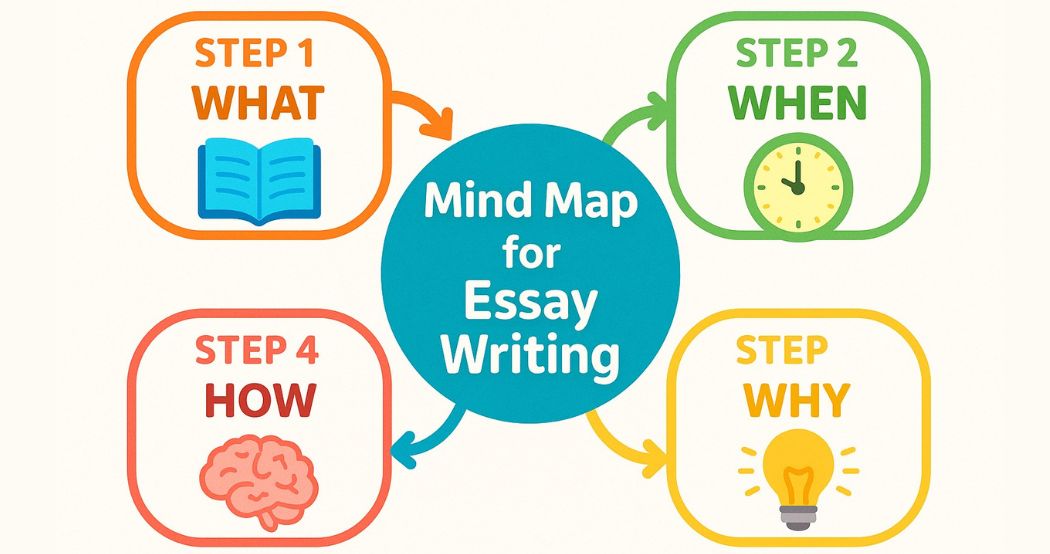
WHAT: Reading involves processing written words to understand stories, information, and ideas from various sources.
WHEN: Benefits appear immediately, while others develop over time (like improved vocabulary and critical thinking skills).
WHY: Reading expands knowledge, enhances imagination, improves communication skills, and directly supports academic success across all subjects.
HOW: Reading exercises your brain by creating new neural pathways, building memory connections, and exposing you to different writing styles and perspectives.
Now, let's move to the complete guide by including this mind map in the structure.
Your Complete Step-by-Step Essay Writing Guide
Let's be honest, most students get stuck because they don't know where to start. They sit with their topic and think, "What should I write about?" Then they panic and write whatever comes to mind, hoping it makes sense. So, to resolve, here is the essay writing guide that you can use for any topic.
Step 1: Plan Your Essay Structure
It is better to plan your structure before putting your pen to paper. This gives clarity, confidence, and much more time. An ideal structure: Introduction - WHAT - WHEN - WHY - HOW - Conclusion.
Step 2: Write Your Introduction
Start with a question or a fun fact that should be catchy to grab the attention. For example: "Did you know that just 10 minutes of exercise can boost your brain power for 2 hours?"
Step 3: Write With Magic Mind Map
Write one paragraph for each WH question that you have understood in the Mind Map. Start each paragraph by answering the question, then explain with examples.
Step 4: Write Your Conclusion
Remind readers of your main points and conclude with a thought that encourages them to reflect on what you have written.
Why Does This Magic Mind Method Works So Well?
This beginner's guide to writing essays with Mind Map works because it helps your brain organize thoughts naturally. When you answer WHAT, WHEN, WHY, and HOW, you automatically understand your topic better.
Your teachers will notice the difference immediately. Your essays will be clearer, more organized, and much more interesting to read.
See how much easier it becomes once you have this framework? You already have four complete paragraphs mapped out before you even start writing!
Your Essay Writing: Before and After Using Mind Map
Here’s your content converted into a table format while keeping the paragraphs intact, with a clear Before vs After comparison:
|
Before Using the WH Method |
After Using the WH Method |
|
Exercise includes activities like walking, running, sports, and gym workouts that make your body move and work harder.
|
Notice how the second version is more organized, detailed, and informative? That’s the power of following the structure of a good essay.
Junior Special: How to Write a Short Essay for School
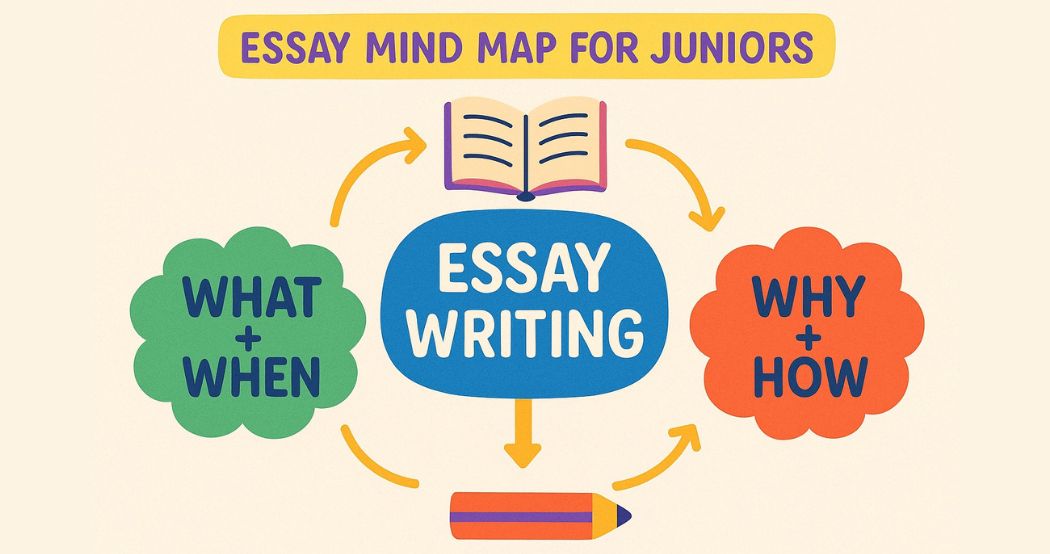
Writing is a foundational skill; therefore, essay writing becomes essential for school students who are in the primary section. Hence, for younger minds, here is the Junior Mind Map for short writing:
For shorter essays, combine your WH questions:
- Put WHAT and WHEN together in one paragraph
- Put WHY and HOW together in another paragraph
- Keep the introduction and conclusion short but powerful
Essay Writing Tips for Students
Before submitting any essay, use this checklist to ensure you've followed all the essay writing tips for students.
- Started with an interesting hook ?
- Used all four WH questions ?
- Added real examples ?
- Ended with a strong conclusion ?
- Read it out loud to catch mistakes?
Start Your Essay Writing Today
This systematic approach works for any subject, from creative writing to scientific reports. The beauty of this method lies in its flexibility.
As you become more comfortable with the framework, you can adapt it for different essay lengths and styles while maintaining that clear, logical structure teachers love to see.
Always remember that great writing is not about perfection on the first try. It's about having a reliable system that guides your thinking and helps you communicate your ideas effectively.


